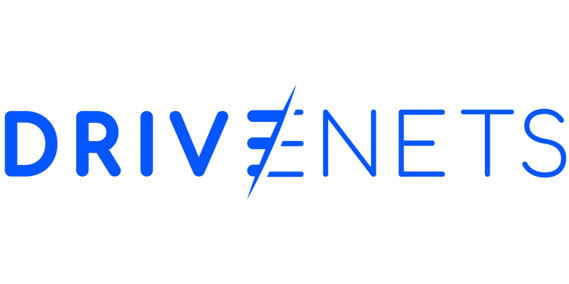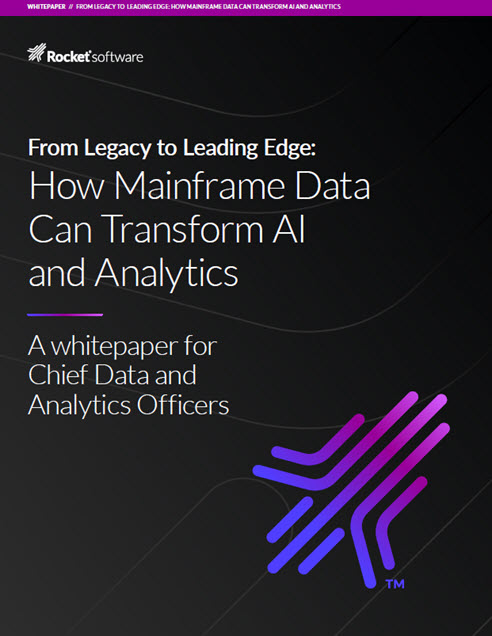In today’s business environment, data has been compared to “the new oil.” Essentially, it’s the lifeblood of businesses.
Historical data enables organizations to learn from their past and drive future improvements. It is also critical for training and validating AI and ML models. However, many organizations do not use historical data to their advantage, which decreases opportunities to enhance business analytics, AI-driven decisions, and overall efficiency.
Unlocking trends and patterns in historical data can provide organizations with a lens into customers’ shifting habits and behaviors, the ability to identify risks in compliance, and the ability to analyze changing market conditions, creating opportunities for an organization to make better-informed decisions.
By designing repositories of historical data to be analytics and AI-ready, organizations can also reduce the overhead of data warehouses and ETL processes and drive portability and automation, increasing the speed of iteration. This relates to Colonel John Boyd’s Law of Iteration, which states that the primary factor of success is the speed of observing, orienting, deciding, and acting (OODA loop). The faster organizations can access historical data in a way that enables analytics and AI, the more time and opportunity they have for multiple iterations to gain insights, make adjustments, and improve decisions.
So, why should organizations maximize historical data?
Maximizing historical data for a strategic advantage
Data is an organization’s strategic advantage. However, organizations have so much of it, and because it is constantly growing, many do not understand how to turn their data into something meaningful.
In today’s business landscape, organizations must work hard to differentiate themselves. Learning from their past through backup data is their ticket to do so.
Historical data gives organizations across various industries access to time-series data that can be analyzed to:
- Forecast demand and revenue to supercharge planning
- Predict churn so that it can be addressed long before risk impacts revenue
Backups are rich with historical context and can provide organizations with breadth and completeness of information they can’t get anywhere else. They allow organizations to track how key performance indicators have evolved over time. What is most significant is that organizations can perform statistical analysis of the variable changes over time to determine which factors have the highest correlation with success. These data-driven insights can illuminate ways that businesses can improve.
As organizations constantly look for ways to optimize efficiency, accessing historical data can help inform predictions based on past data rather than relying on sample data that may or may not provide accurate outcomes.
Creating the right infrastructure to put historical data into practice
Utilizing historical data to learn from is much more challenging than it should be. The right tools, time, and employees with the right skills are needed to glean insights from data effectively.
While using historical data to move your business forward sounds great, putting it into practice is another story, as analyzing such massive amounts of data requires an infrastructure with the capacity to do so. The velocity of data only adds another level of complexity, and new data is constantly being generated in real-time, making it even more challenging to analyze quickly.
An organization’s maturity, like the measure of its operational structure, also plays a critical role in maximizing historical data. The proper infrastructure requires adequate storage capabilities, but it also needs computing, ingestion, and more to ensure that appropriate “Data Lake / Warehouse” and ongoing efforts to manage the data are incorporated. It is also equally important for organizations to focus on building the proper guardrails around the infrastructure so that data can be secured and the ACL (Access Control List) can be properly implemented. This can be a major effort for organizations based on what kind of “Data Warehouse / Lake” is built and what resources they have to build and support ongoing operations. Ensuring the right technology and infrastructure are in place will yield better results.
For example, last October, Own Company unveiled its new product, Own Discover, which provides organizations with the tools to unlock insights and accelerate AI innovation from their historical SaaS data.
The importance of maintaining the security of historical data
Data has become one of many organizations’ most valuable assets for a myriad of reasons. It drives business success and critical decisions and improves organizational productivity and customer engagement.
The growing value of data and the use of SaaS applications signal that organizations must prioritize protecting it. Maintaining data security and privacy is increasingly crucial as data grows in volume, velocity, variety, and especially value. An important aspect of data privacy is the ability to eliminate certain data when necessary. Privacy legislation gives individuals the right to have personal data erased. When certain data is discovered to introduce bias into analytics/AI, it must be removed.
Historical data offers incredible promise for improving operational performance. However, this also requires companies to understand their data, who has access to it, and how much damage could be done if it were compromised. Organizations should have secure analytics-focused data readily available to minimize complexity and cost and enable greater business agility.
To fully outpace competitors, organizations must think about what’s beyond traditional data protection strategies to active data analysis and insights. Access to historical data is equivalent to hitting the jackpot for an organization’s long-term growth and success.
So, when I say that the future is all about data, I mean it, and the key to an organization thriving in this data-driven world is leveraging its data.
About the Author

Adrian Kunzle is the Chief Technology Officer at Own Company, a Series E unicorn and a leading SaaS data protection platform for almost 7,000 customers globally. A seasoned technology leader, Kunzle has spent two decades developing software and shaping technology strategies for complex global corporations. He leads Own’s product innovation pipeline, further building out the company’s award-winning, enterprise-grade SaaS data protection and compliance platform.
Sign up for the free insideAI News newsletter.
Join us on Twitter: https://twitter.com/InsideBigData1
Join us on LinkedIn: https://www.linkedin.com/company/insidebigdata/
Join us on Facebook: https://www.facebook.com/insideBIGDATANOW




